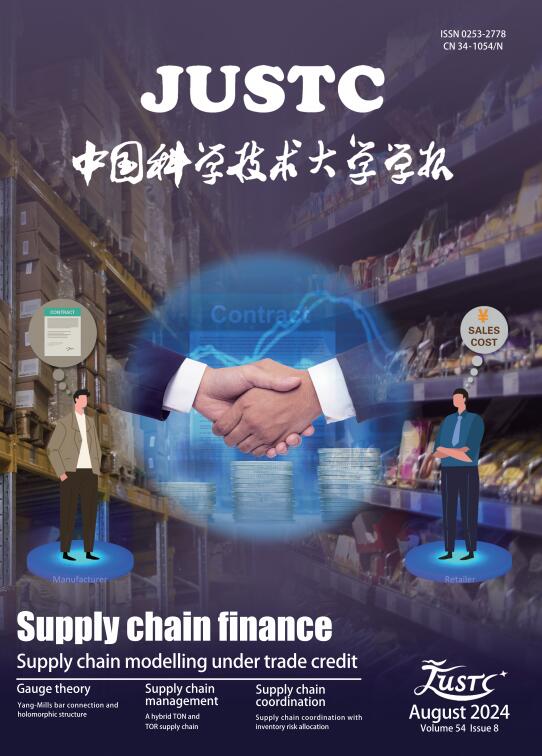2023 Vol. 53, No. 4
Display Method:
2023, 53(4): 1-2.
Abstract:
2023, 53(4): 1-2.
Abstract:
2023, 53(4): 0401.
doi: 10.52396/JUSTC-2022-0133
Abstract:
2023, 53(4): 0402.
doi: 10.52396/JUSTC-2022-0121
Abstract:
2023, 53(4): 0404.
doi: 10.52396/JUSTC-2022-0048
Abstract:





